Top Auto Executive Calls for Removal of a ” Universally-Hated” Feature from All Vehicles
A technology once hailed as “green” and fuel-efficient is now facing extinction in new car models after being heavily criticized by the head of the US Environmental Protection Agency.
Lee Zeldin, the administrator of the EPA, has publicly called for an end to the integration of the start/stop technology in automobiles. This feature automatically shuts down the engine when the car is stationary and restarts it when the driver presses the accelerator or releases the brake.
Popularized during the Obama administration, start/stop technology was part of an effort to reduce fuel consumption and emissions in the US. While not mandatory, many manufacturers integrated this feature in most new models due to government incentives.
Previously, the EPA estimated that start/stop could save 4-5% of fuel, especially beneficial in urban traffic with frequent red lights. However, its real-world effectiveness is now being questioned.
An EPA spokesperson admitted that emission tests have not shown significant benefits from this technology, making it controversial among both experts and consumers.
Joining the EPA head in opposition are many technical experts, including Scotty Kilmer, a veteran mechanic with over 50 years of experience and a popular YouTube personality in the automotive world. He bluntly stated: “Disabling the start/stop feature can double the engine’s lifespan.”
Scotty explained that most engine wear occurs during the startup process, accounting for 97% of the wear and tear. Therefore, constantly shutting down and restarting the engine at red lights will reduce the vehicle’s lifespan. “It’s the dumbest feature ever introduced in the modern automotive industry,” Scotty asserted.
Currently, drivers can temporarily disable the start/stop feature using a button on the central control panel, usually marked with an “A” and a circular arrow. However, the feature reactivates itself with each new ignition, frustrating those who wish to disable it permanently.
According to Zeldin, the goal is not to ban start/stop technology entirely but to end the policy incentives for it. This would mean carmakers would have no motivation to maintain it, and they might opt to remove it from future models.
If this proposal is implemented, consumers will be rid of the “engine-dies-at-red-lights” experience, which many have clearly disliked. Instead, carmakers could offer the option to disable it permanently or even remove it altogether.
However, the trade-off is a potential slight increase in fuel consumption, especially in congested urban areas. Additionally, the short-term goal of reducing traffic emissions may be impacted unless the industry rapidly transitions to electric or hybrid vehicles, which require significant investment and time for widespread adoption.
TH (Tuoitrethudo)
The Ultimate Showdown: 2025 Honda Civic, Hyundai Elantra and Mazda3 Go Head-to-Head
The 2025 Mazda3, Honda Civic, and Hyundai Elantra are set to revolutionize the automotive industry, but how do they fare when put to the test on real-world streets? It’s time to dive into the intricate details and uncover the unique characteristics that set these automotive powerhouses apart. Prepare to be captivated by their innovative features, dynamic performance, and exceptional driving experiences as we explore their capabilities beyond the showroom floor.


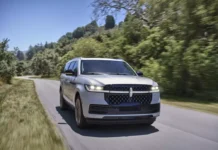

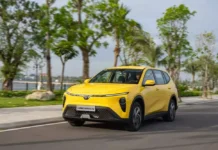
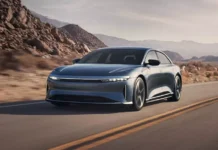
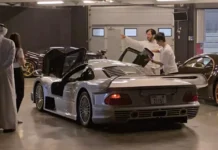
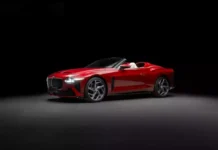

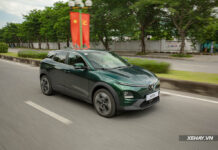
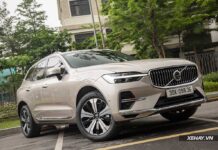
















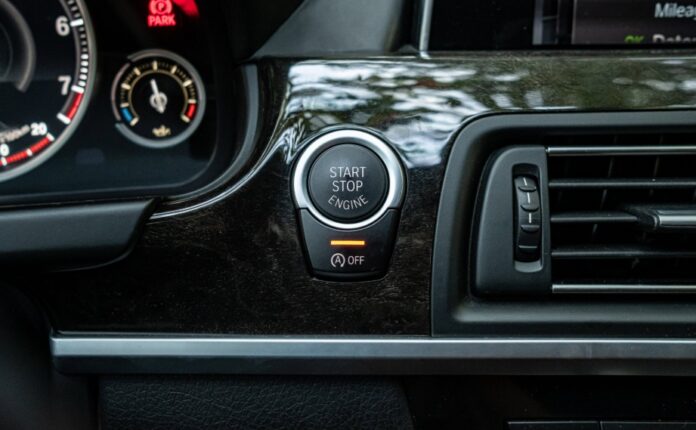
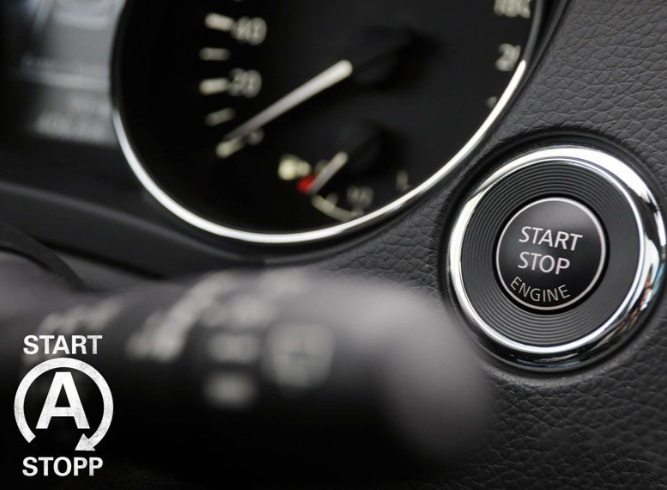
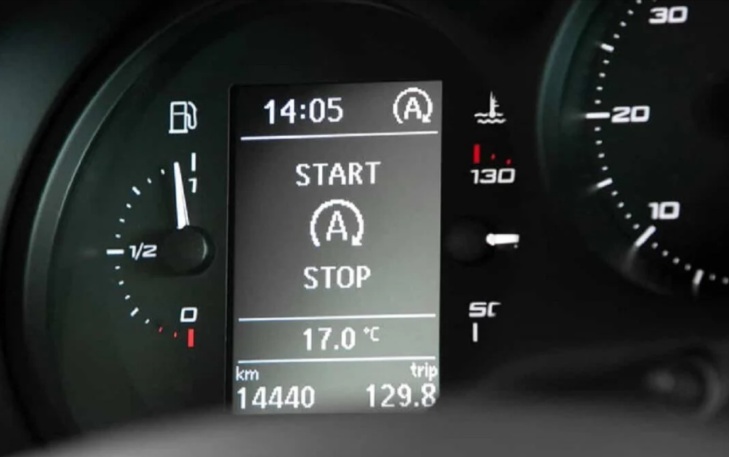
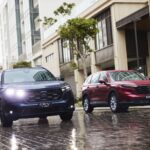


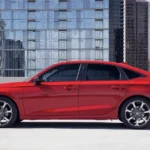


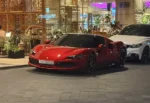
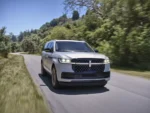








![[VIDEO] Determination pays off: Girl without arms passes driving test after 5 years of effort](https://vnauto.net/wp-content/uploads/2023/12/xehay-blx-031223-1-100x70.jpg)